Mohamed Deriche
K-SAM: A Prompting Method Using Pretrained U-Net to Improve Zero Shot Performance of SAM on Lung Segmentation in CXR Images
Oct 09, 2024



Abstract:In clinical procedures, precise localization of the target area is an essential step for clinical diagnosis and screening. For many diagnostic applications, lung segmentation of chest X-ray images is an essential first step that significantly reduces the image size to speed up the subsequent analysis. One of the primary difficulties with this task is segmenting the lung regions covered by dense abnormalities also known as opacities due to diseases like pneumonia and tuberculosis. SAM has astonishing generalization capabilities for category agnostic segmentation. In this study we propose an algorithm to improve zero shot performance of SAM on lung region segmentation task by automatic prompt selection. Two separate UNet models were trained, one for predicting lung segments and another for heart segment. Though these predictions lack fine details around the edges, they provide positive and negative points as prompt for SAM. Using proposed prompting method zero shot performance of SAM is evaluated on two benchmark datasets. ViT-l version of the model achieved slightly better performance compared to other two versions, ViTh and ViTb. It yields an average Dice score of 95.5 percent and 94.9 percent on hold out data for two datasets respectively. Though, for most of the images, SAM did outstanding segmentation, its prediction was way off for some of the images. After careful inspection it is found that all of these images either had extreme abnormality or distorted shape. Unlike most of the research performed so far on lung segmentation from CXR images using SAM, this study proposes a fully automated prompt selection process only from the input image. Our finding indicates that using pretrained models for prompt selection can utilize SAM impressive generalization capability to its full extent.
An Improved Approach for Cardiac MRI Segmentation based on 3D UNet Combined with Papillary Muscle Exclusion
Oct 09, 2024



Abstract:Left ventricular ejection fraction (LVEF) is the most important clinical parameter of cardiovascular function. The accuracy in estimating this parameter is highly dependent upon the precise segmentation of the left ventricle (LV) structure at the end diastole and systole phases. Therefore, it is crucial to develop robust algorithms for the precise segmentation of the heart structure during different phases. Methodology: In this work, an improved 3D UNet model is introduced to segment the myocardium and LV, while excluding papillary muscles, as per the recommendation of the Society for Cardiovascular Magnetic Resonance. For the practical testing of the proposed framework, a total of 8,400 cardiac MRI images were collected and analysed from the military hospital in Tunis (HMPIT), as well as the popular ACDC public dataset. As performance metrics, we used the Dice coefficient and the F1 score for validation/testing of the LV and the myocardium segmentation. Results: The data was split into 70%, 10%, and 20% for training, validation, and testing, respectively. It is worth noting that the proposed segmentation model was tested across three axis views: basal, medio basal and apical at two different cardiac phases: end diastole and end systole instances. The experimental results showed a Dice index of 0.965 and 0.945, and an F1 score of 0.801 and 0.799, at the end diastolic and systolic phases, respectively. Additionally, clinical evaluation outcomes revealed a significant difference in the LVEF and other clinical parameters when the papillary muscles were included or excluded.
Are Objective Explanatory Evaluation metrics Trustworthy? An Adversarial Analysis
Jun 12, 2024



Abstract:Explainable AI (XAI) has revolutionized the field of deep learning by empowering users to have more trust in neural network models. The field of XAI allows users to probe the inner workings of these algorithms to elucidate their decision-making processes. The rise in popularity of XAI has led to the advent of different strategies to produce explanations, all of which only occasionally agree. Thus several objective evaluation metrics have been devised to decide which of these modules give the best explanation for specific scenarios. The goal of the paper is twofold: (i) we employ the notions of necessity and sufficiency from causal literature to come up with a novel explanatory technique called SHifted Adversaries using Pixel Elimination(SHAPE) which satisfies all the theoretical and mathematical criteria of being a valid explanation, (ii) we show that SHAPE is, infact, an adversarial explanation that fools causal metrics that are employed to measure the robustness and reliability of popular importance based visual XAI methods. Our analysis shows that SHAPE outperforms popular explanatory techniques like GradCAM and GradCAM++ in these tests and is comparable to RISE, raising questions about the sanity of these metrics and the need for human involvement for an overall better evaluation.
Self-Supervised Annotation of Seismic Images using Latent Space Factorization
Sep 26, 2020



Abstract:Annotating seismic data is expensive, laborious and subjective due to the number of years required for seismic interpreters to attain proficiency in interpretation. In this paper, we develop a framework to automate annotating pixels of a seismic image to delineate geological structural elements given image-level labels assigned to each image. Our framework factorizes the latent space of a deep encoder-decoder network by projecting the latent space to learned sub-spaces. Using constraints in the pixel space, the seismic image is further factorized to reveal confidence values on pixels associated with the geological element of interest. Details of the annotated image are provided for analysis and qualitative comparison is made with similar frameworks.
Characterization of migrated seismic volumes using texture attributes: a comparative study
Jan 30, 2019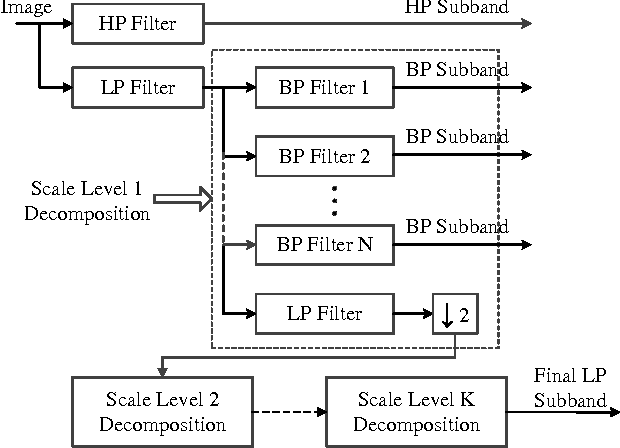
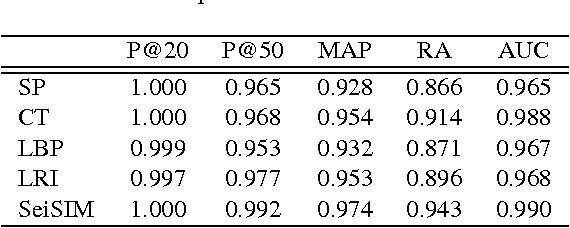
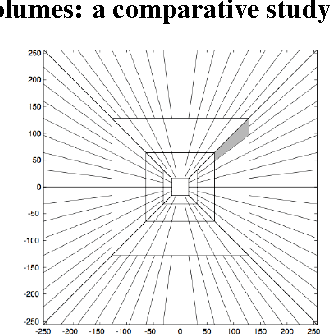

Abstract:In this paper, we examine several typical texture attributes developed in the image processing community in recent years with respect to their capability of characterizing a migrated seismic volume. These attributes are generated in either frequency or space domain, including steerable pyramid, curvelet, local binary pattern, and local radius index. The comparative study is performed within an image retrieval framework. We evaluate these attributes in terms of retrieval accuracy. It is our hope that this comparative study will help acquaint the seismic interpretation community with the many available powerful image texture analysis techniques, providing more alternative attributes for their seismic exploration.
A comparative study of texture attributes for characterizing subsurface structures in seismic volumes
Dec 19, 2018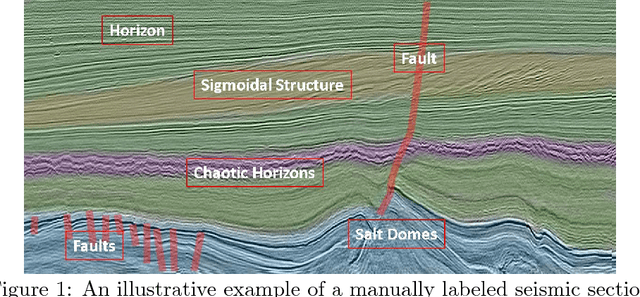
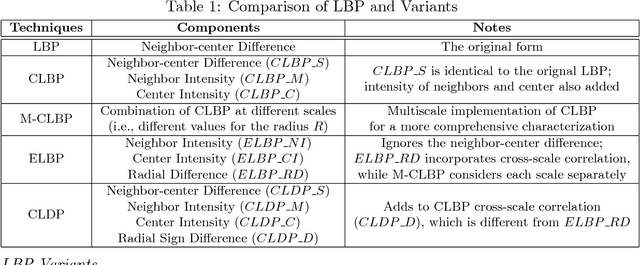
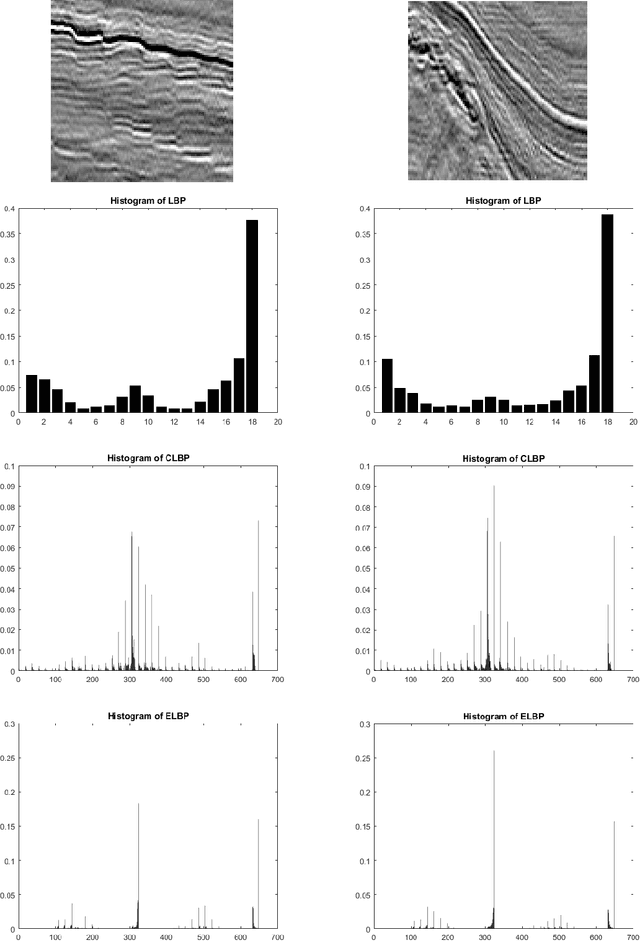

Abstract:In this paper, we explore how to computationally characterize subsurface geological structures presented in seismic volumes using texture attributes. For this purpose, we conduct a comparative study of typical texture attributes presented in the image processing literature. We focus on spatial attributes in this study and examine them in a new application for seismic interpretation, i.e., seismic volume labeling. For this application, a data volume is automatically segmented into various structures, each assigned with its corresponding label. If the labels are assigned with reasonable accuracy, such volume labeling will help initiate an interpretation process in a more effective manner. Our investigation proves the feasibility of accomplishing this task using texture attributes. Through the study, we also identify advantages and disadvantages associated with each attribute.
 Add to Chrome
Add to Chrome Add to Firefox
Add to Firefox Add to Edge
Add to Edge